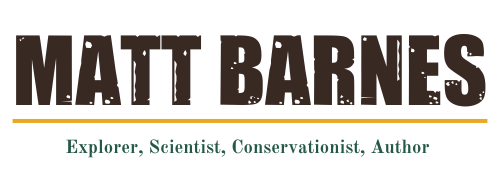Colorado Public Lands Day Prescribed Fire Celebration
2025/05/17 | Colorado: Montezuma Co.
Colorado Public Lands Day Prescribed Fire Celebration
An interagency event on the San Juan National Forest
By Matt Barnes
For Colorado Public Lands Day, the third Saturday in May, I joined the educational Prescribed Fire Celebration, hosted by the San Juan National Forest on the Dolores Ranger District, along with the Dolores Watersheds Collaborative, Fire Adapted Colorado, Wildfire Adapted Partnership, Mountain Studies Institute, San Juan Mountains Association, and CSU Extension - Montezuma County. We even had grass-fed burgers for lunch, thanks to Cachuma Ranch, a Dolores District permittee.
It takes a herculean effort to match the prescribed burn cycle to the historic fire return interval—as I found earlier in my career when I was a prescribed fire and fuels manager for BIA Forestry and Fire Management at the Truxton Canon Agency, working in a similar ponderosa pine forest on the far side of the Colorado Plateau. Ponderosa pine forests are not just fire-adapted, they are fire-dependent, and historically they would burn about every 7-14 years (with both lightning-caused and human-caused ignitions), with some tree mortality occurring in most fires. To burn at that rate, the San Juan would need to burn about 24,000 acres per year on average. But the prescription is tight, and the burn window may only occur for a week or two out of the year.
Wildlife and livestock are both attracted to the burned areas, sometimes immediately. Recently burned areas produce more grass, and after several burn cycles may produce less Gambel oak, which if left unchecked tends to reduce grass productivity (and can be difficult to walk or ride through).
The San Juan National Forest provides fire information including planned prescribed fire on their fire management page.
Colorado was the first state to establish a state-level Public Lands Day, celebrating the benefits of public land, especially the multiple-use lands managed by the US Forest Service and Bureau of Land Management. These lands are now at greater risk than they have been anytime in the last five decades—roughly, since the overarching laws guiding public lands management were passed in the 1970s (with bipartisan support). Last week, the US House added a midnight amendment to the budget reconciliation bill to sell about half a million acres of public land in Utah and Nevada. Western Colorado’s Representative Jeff Hurd (R-CO-3) voted against the amendment, but then for the bill. A final vote is expected this coming week.
Meanwhile, another bill, the Public Lands in Public Hands Act, was introduced earlier this session but has not yet had a full committee vote.













